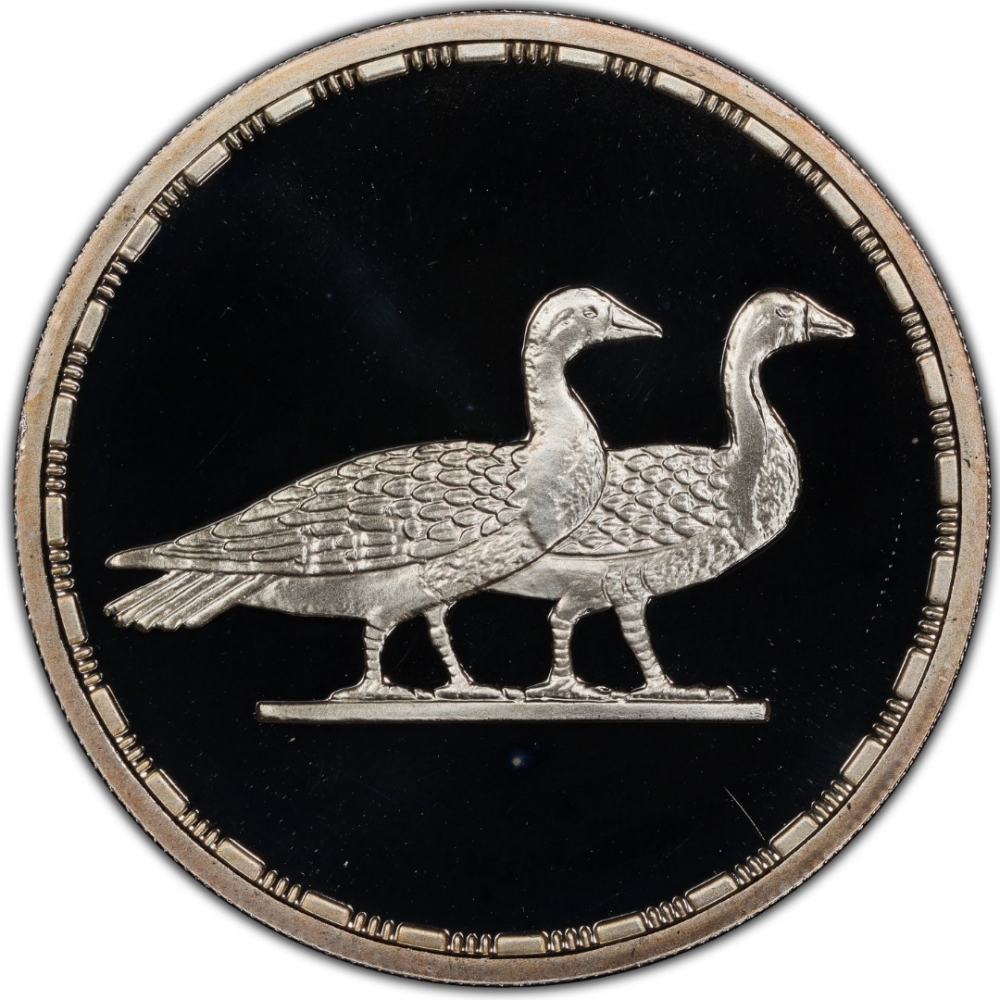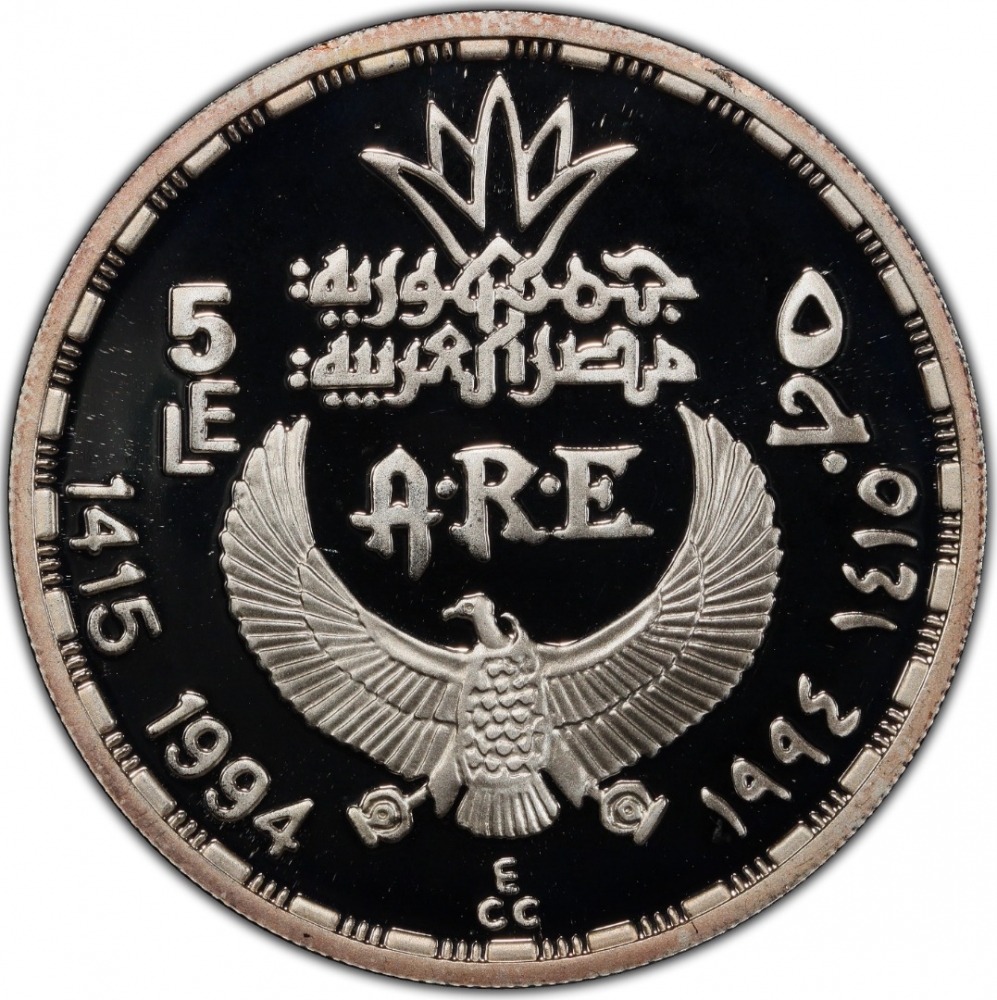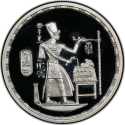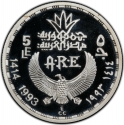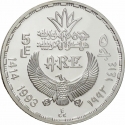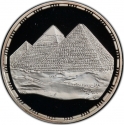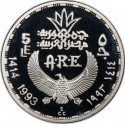You are about to finish your registration. Please check your mailbox (including spam folder). There should be a letter with a confirmation link. Check setting to make sure that your e-mail address is correct.
Send letter againDescription
The Meidum Geese painting was found in 1871 in a tomb located near the Meidum Pyramid, which was built by the pharaoh Snefru (reign 2610-2590 BC). The tomb belonged to the pharaoh’s son, the vizier Nefermaat, and the painting itself was supposedly found in a chapel dedicated to Nefermaat’s wife Itet. As members of the royal family, the pair was granted a large mastaba tomb close to the pyramid of the king and could employ the most sought-after artists of the day to help in its decoration.
The geese were depicted below a scene showing men trapping birds in a clap net and offering them to the tomb’s owner. While it is not uncommon to find scenes of fowling in the marshes in Old Kingdom tombs, this example is one of the earliest and is notable for the extraordinary quality of the painting.
Obverse

|
Depicts the Meidum Geese. |
|---|---|
Reverse

|
Stylized state name (Arab Republic of Egypt) divides denomination in Arabic and English and abbreviation of state name (A.R.E.) below, the date in Arabic (Hijri) and Western (Georgian) divides by a vulture with open wings. Engraver's initials (ECC) below. 5 ٥ جمهورية مصر العربية |
| Edge |
